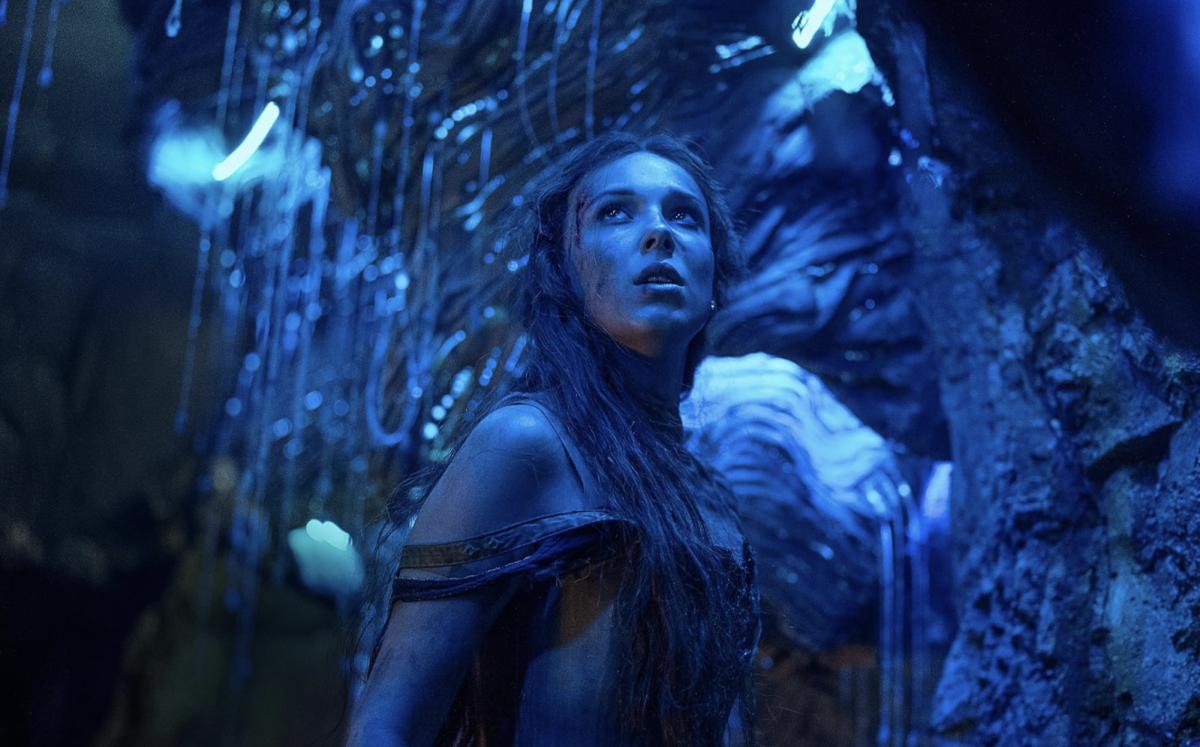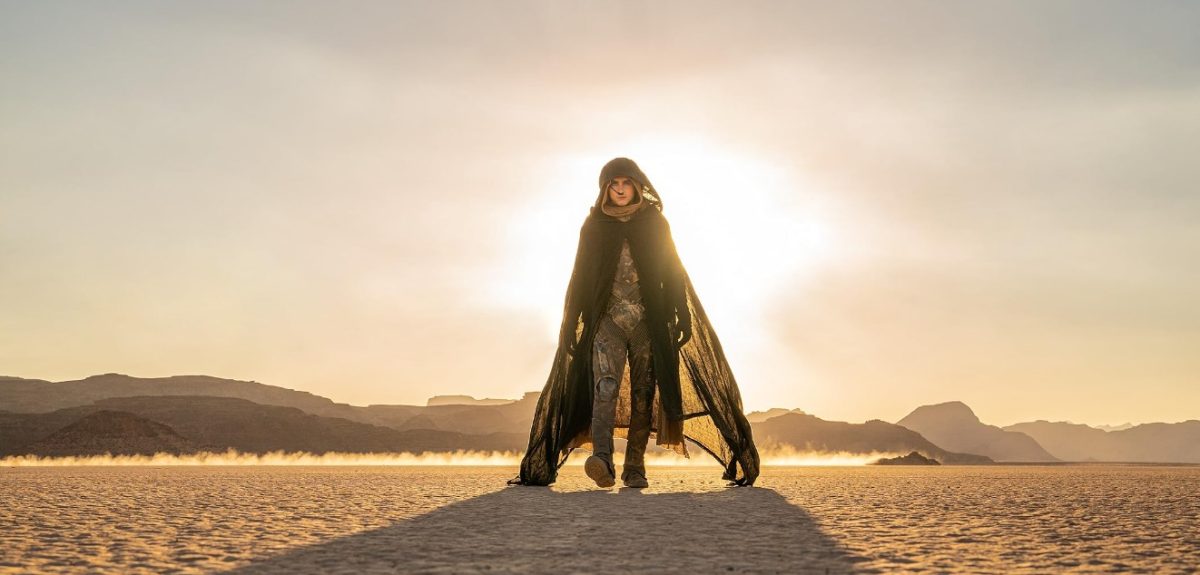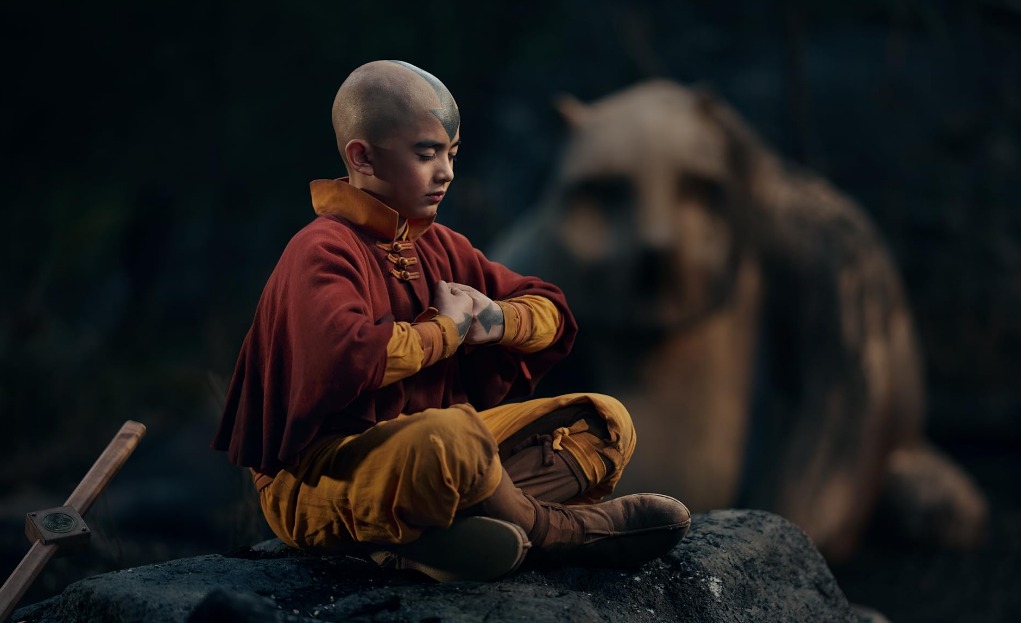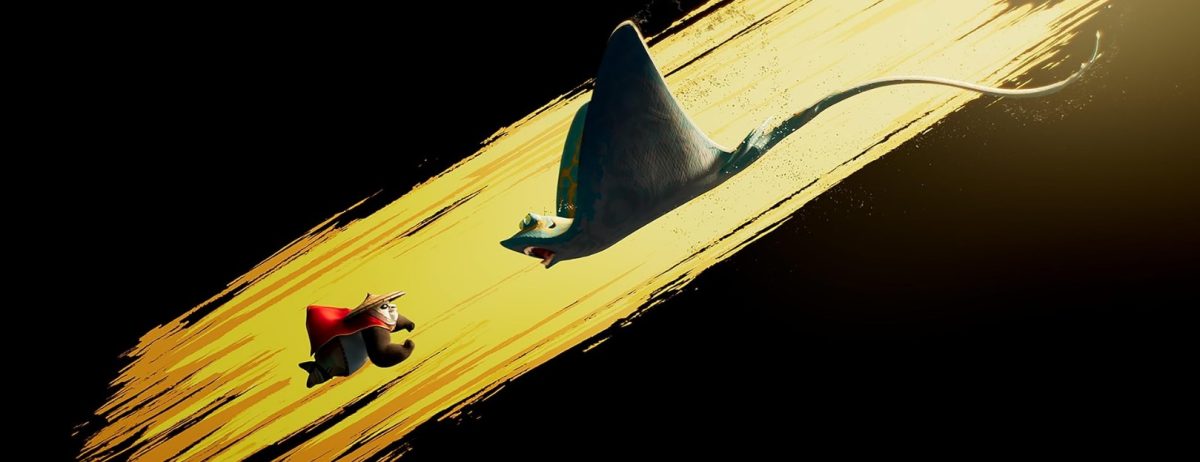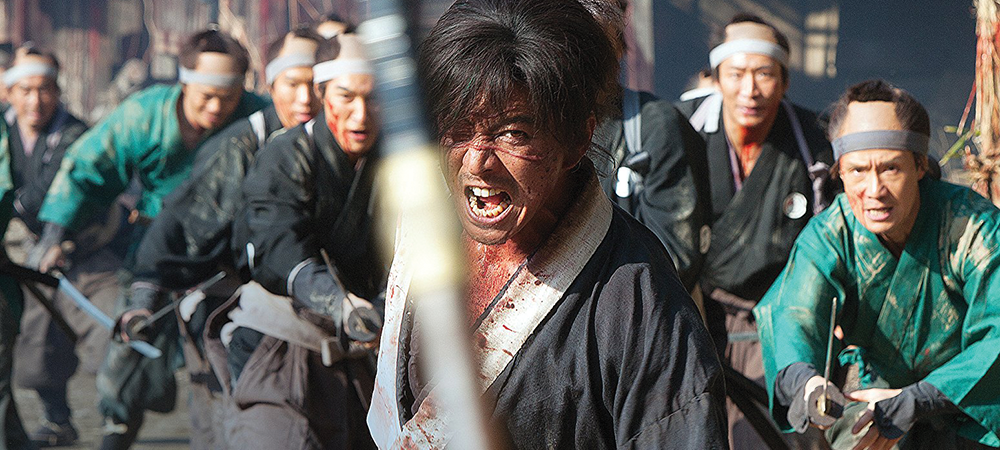
★★★★☆
Japanese director Takashi Miike’s “Blade of the Immortal” begins in the style of a classic samurai film.
The film opens with a massive battle scene that introduces a samurai, played by Takuya Kimura, called Manji. Enraged by the death of his sister, he slays hundreds in a stunning fight sequence before collapsing among the wreckage. Before Manji dies, however, a mysterious woman appears to heal his wounds and make him virtually immortal. Manji’s wounds begin to seal as he is blessed — or cursed — with the inability to die. The entire scene is shot in stark black and white.
The film resumes 50 years later — the picture now in color — with Manji living the life of an outcast, scarred and isolated.
When, Rin Asano, a young woman played by Hana Sugisaki, hires Manji as a bodyguard, he decides to protect her because of her resemblance to his sister. Rin wants revenge on a cult of swordsmen for the murder of her parents, and Manji resolves to help her in her quest.
The combination of Manji’s near-immortality and his quest for revenge sets the film on its path as a fast-paced, gory rampage hurtling toward an inevitably bloody conclusion.
Based on a manga of the same name, “Blade of the Immortal” manages to be compelling and original, even while maintaining the hallmarks of its genre. The fantasy elements and depth of the characters put a new, if occasionally baffling, twist on audience expectations, even as the succession of deaths carries the plot toward a predictable conclusion.
The relationship between Manji and Rin proves to be the glue that holds the film together through a slew of battles that begin to meld together in their sheer number and duration.
Although expertly choreographed and beautifully shot, the extended fight sequences against masses of enemies begin to drag in the second half of the film. The one-on-one fights that punctuate battle sequences and the interactions between Manji and Rin do more to engage the audience, but even the film’s antagonists grow tiresome after repetitive fight sequences.
The camera work, cutting between close shots and wider views of the action, is clearly a strength of the movie. Miike’s experience with samurai movies and as a director — “Blade of the Immortal” is his 100th film — shines through in the precision of each scene. Particularly memorable are the silent, wide shots in the aftermath of battles, pulling back to provide snapshots of the carnage.
At times, the sheer brutality and inventiveness of the violence seem over-the-top — axes, pronged swords, thrown blades and swords that can be converted into staffs all become weapons over the course of the film.
Manji’s many enemies, too, are sometimes bizarre, grotesque caricatures: a man who carries the severed heads of people he has murdered, a woman who duels in a purple silk dress and another immortal who fights with a poison that can somehow negate Manji’s immortality.
These peculiar characters sometimes make the violence harder than usual to watch, but help to keep the film interesting when the length and number of battles begin to grate.
For fans of the samurai genre — and with strong stomachs — “Blade of the Immortal” is an expertly choreographed action film that allows the depth of characters and the experience of the director shine through. Although the film could stand to be a few minutes and a few fight scenes shorter, ultimately the length does not prevent Miike from delivering a compelling tale of revenge.















